Inscriptions, texts nos. 1001-2017
Browse the RIAo Corpus [http://oracc.museum.upenn.edu/riao/pager/]
1001 1002 1003 2001 2002 2003 2004 2005 2006 2007 2008 2009 2010 2011 2012 2013 2014 2015 2016 2017 2018 add
1001
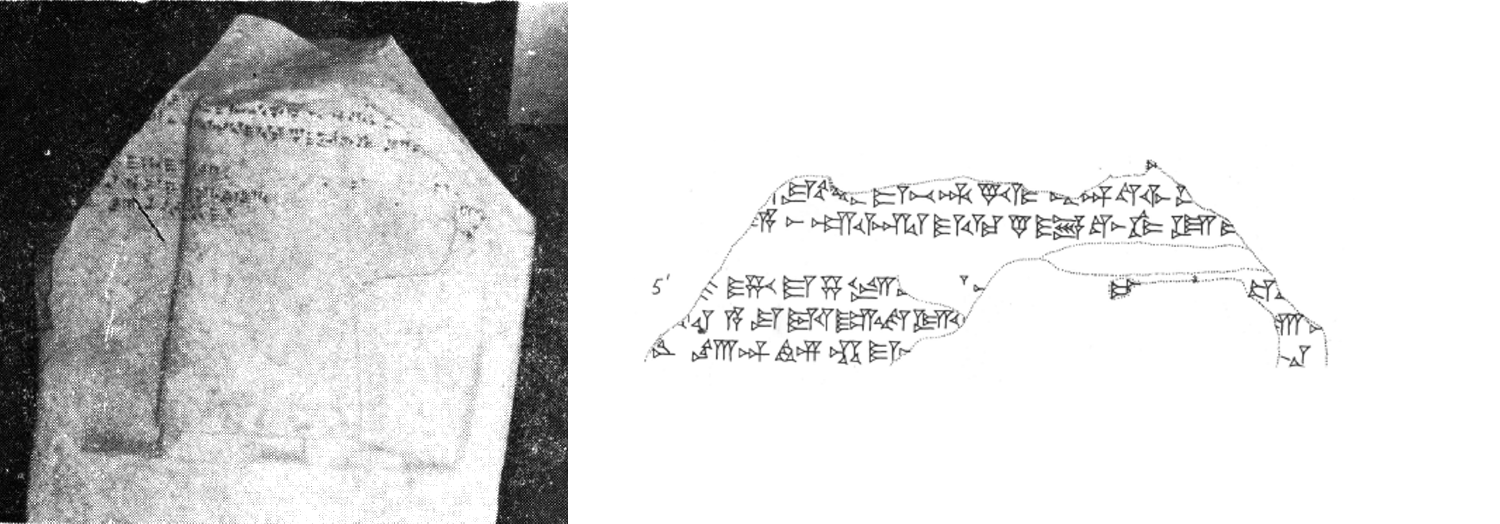
Hulin, Sumer 26 pp. 127-31
A stele fragment found in the village Pāra, in the western part of the Jebel Sinjar, shows the bottom part of a figure in relief and part of the text, which might be ascribed to one of three Assyrian rulers, Ashurnasirpal II, Shalmaneser III, and Adad-nārārī III.
Access the composite text [http://oracc.museum.upenn.edu/riao/Q004778/] of Adad-nārārī III 1001.
Bibliography
1002
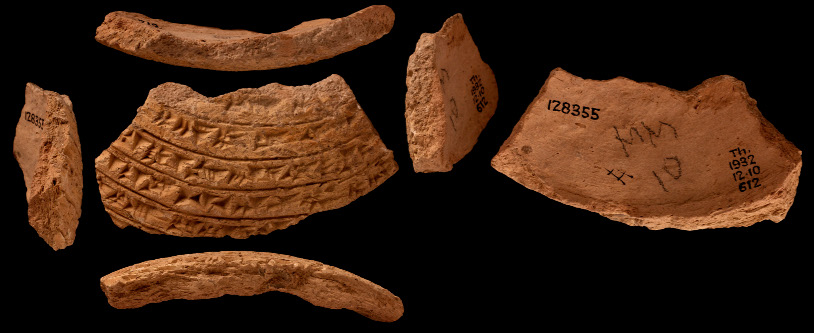
BM 128355 (© The Trustees of the British Museum)
A clay cone fragment form the Ištar temple at Nineveh has a short text which makes reference to the "son of Šamī-Adad," which made Grayson tentatively ascribe the text to Adad-nārārī III. A mention to Tukulti-Ninurta, king of Assyria seems to refer to the ruler as an earlier builder. Not enough of the text has been preserved to warrant an edition.
Access the composite text [http://oracc.museum.upenn.edu/riao/Q004779/] of Adad-nārārī III 1002.
Bibliography
1003
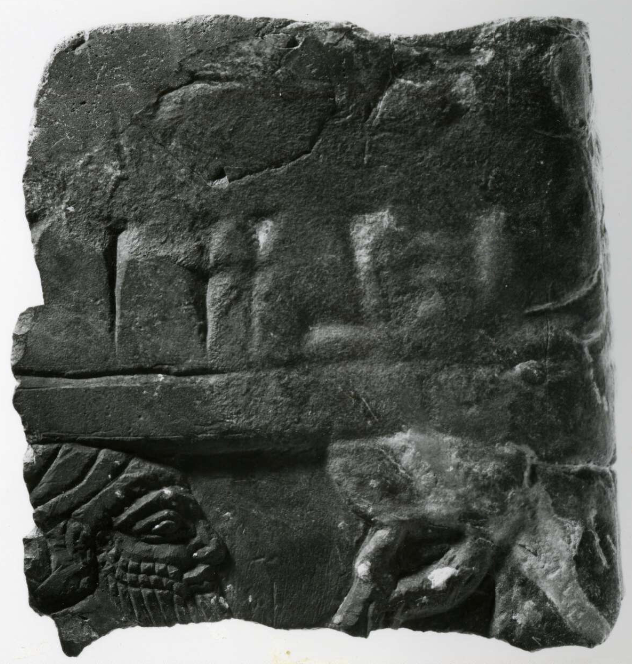
BM 120429 © The Trustees of the British Museum
A very small fragment of a black stone obelisk from Nineveh preserves traces of two lines of an inscription and a scene in relief representing the upper part of a man's body holding a bowl above his head. The only decipherable signs in the text are those of the name of Zakur (mza-ku-r[i]>), probably Zakur of Ḫamat (see text no. 2: 4 [/riao/Q004750.4/]).
Access the composite text [http://oracc.museum.upenn.edu/riao/Q004780/] of Adad-nārārī III 1003.
Bibliography
2001
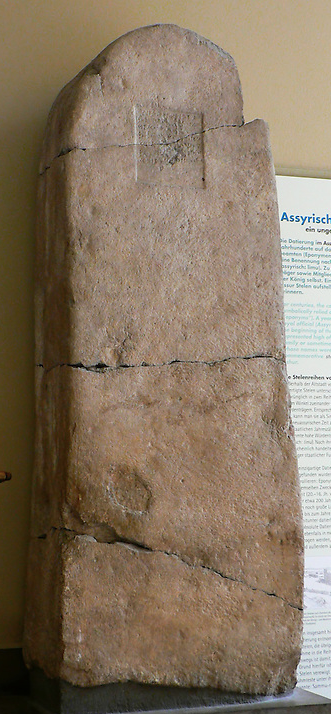
Ass 15712
This singular text is engraved on a stele (Ass 15712) in the row of steles discovered at Assur. It is of Semiramis, wife of ŠamšI-Adad V and mother of Adad-nārāri III.
Access the composite text [http://oracc.museum.upenn.edu/riao/Q004781/] of Adad-nārārī III 2001.
Bibliography
2002
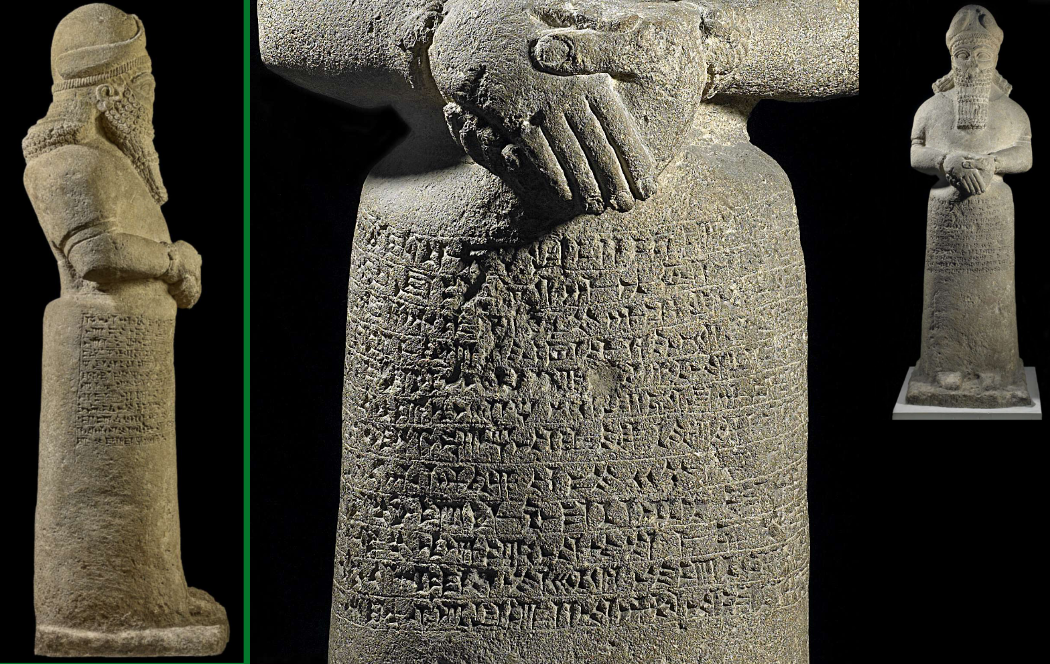
BM 11889 and 118888 © The Trustees of the British Museum
Two stone anthropomorphic statues (ca. 160 cm in height each) found in the Nabû temple at Nimrud were inscribed with the text edited here. Two further similar, but uninscribed, statues were also found with them. Bēl-tarṣi-ilumma, governor of Nimrud, authored the inscription, dedicating it to the life of king Adad-nārārī III and his mother Šammuramat/Semiramis.
Access the composite text [http://oracc.museum.upenn.edu/riao/Q004782/] of Adad-nārārī III 2002.
Bibliography
2003
This text was engraved on a cylinder seal which belonged to Bēl-tarṣi-ilumma, a eunuch of Adad-nārārī III. The text is known from impressions on clay sealings and a tablet from the Governor's Palace at Calah found in room K. The seal itself has not been recovered.
Access the composite text [http://oracc.museum.upenn.edu/riao/Q004783/] of Adad-nārārī III 2003.
Bibliography
2004
This text is engraved on a mace head which belonged to Bēl-tarṣi-ilumma, a eunuch of Adad-nārārī III.
Access the composite text [http://oracc.museum.upenn.edu/riao/Q004784/] of Adad-nārārī III 2004.
Bibliography
2005
This text is engraved on a cylinder seal of unknown provenance which belonged to Bēl-tarṣi-ilumma, a eunuch of Adad-nārārī III.
Access the composite text [http://oracc.museum.upenn.edu/riao/Q004785/] of Adad-nārārī III 2005.
Bibliography
2006
This text is engraved on a black stone cylinder of unknown provenance which belonged to Nergal-ēriš, a eunuch of Adad-nārārī III. It is decorated with two white bands and has a hole made lengthwise through the middle.
Access the composite text [http://oracc.museum.upenn.edu/riao/Q004786/] of Adad-nārārī III 2006.
Bibliography
2007
This text is engraved on a stone mace found at Ashur. According to Weidner, this is a dedicatory inscription to the god Nergal by Nergal-ēreš, a eunuch of Adad-nārārī III and "a governor of the lands Ruṣapa, Laqê, (und) Suḫi", where Nergal-ēreš records an offering of a large quantity of animals and wine to the gods Ashur and Adad.
Access the composite text [http://oracc.museum.upenn.edu/riao/Q004787/] of Adad-nārārī III 2007.
Bibliography
2008
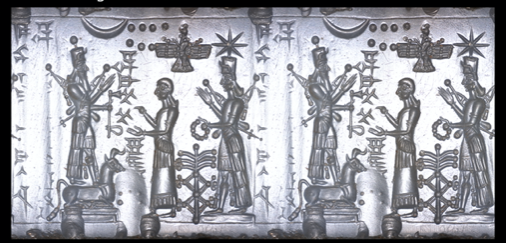
Delaporte, Bibliothèque Nationale no. 354 © CDLI
This text is engraved on a cylinder seal which belonged to Aššur-bēla-uṣur, a eunuch of Nergal-ēriš.
Access the composite text [http://oracc.museum.upenn.edu/riao/Q004788/] of Adad-nārārī III 2008.
Bibliography
2009
This text is engraved on a cylinder seal. Its provenance is unknown. According to the inscription, Birtāiia, a eunuch of Adad-nārārī, has granted the seal to Ištar-dūri, a eunuch of Nergal-ilāiia, a field marshal and his "protector". There is an inscription of Nergal-ilāiia on a stone duckweight from Nimrud (ND 4319, see George, Iraq 41 pp. 122 and 134 and pl. XVII b-d).
Access the composite text [http://oracc.museum.upenn.edu/riao/Q004789/] of Adad-nārārī III 2009.
Bibliography
2010
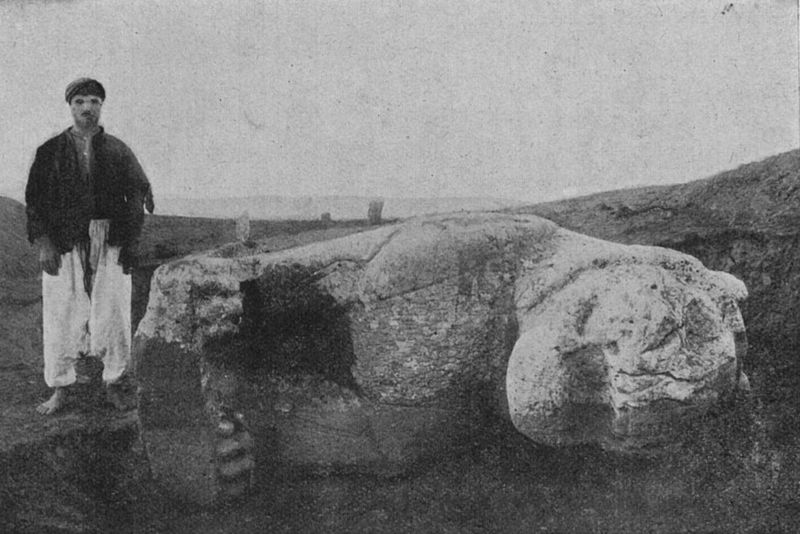
From Thureau-Dangin, RA 27
Two colossal stone lions found at Til Barsip (mod. Tell Ahmar) bear an inscription of Šamšī-ilu, turtānu or filed marshal of Adad-nārārī III. Note that the inscriptions do not mention any royal name, but instead record, after a dedication to various dieties, the successful campaign of Šamšī-ilu against Argišti I [/ecut/urartianrulersandtheirinscriptions/argitiisonofminuaa8andb8/index.html], king of Urartu. The text ends with a description of the erection of the lions, each more than two meters high, giving record of their names: "The lion who[...], angry demon, unrivalled attack, who overwhelms the insubmissive, who brings success," and " (The lion) Who charges through battle, who flattens the enemy land, who expels criminals and brings in good people."
Access the composite text [http://oracc.museum.upenn.edu/riao/Q004790/] of Adad-nārārī III 2010.
Bibliography
2011
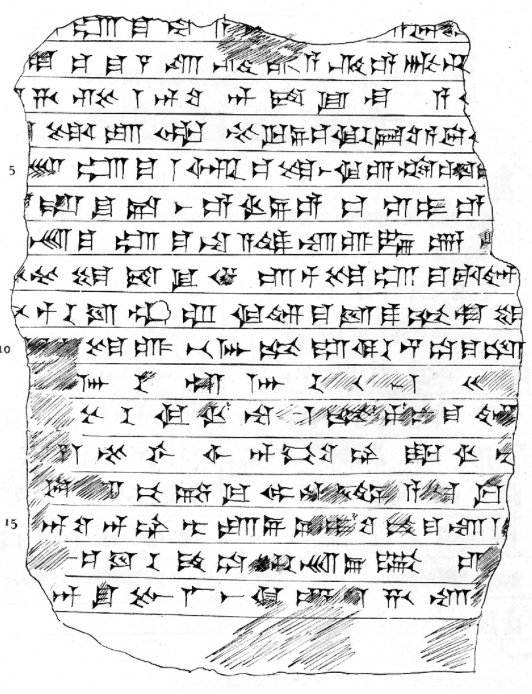
Ungnad, VAS l no. 69
A fragment of a black stone stele which is said to come from Dohuk, but it was purchased in Mosul. The fragment is engraved with an inscription which is very similar to that inscribed on text no. 2010, recording the successful campaign of Šamšī-ilu against Argišti I [/ecut/urartianrulersandtheirinscriptions/argitiisonofminuaa8andb8/index.html], king of Urartu. The text presumably ended with line 17's, which seems to contain a curse against anyone who would deface the monument.
Access the composite text [http://oracc.museum.upenn.edu/riao/Q004791/] of Adad-nārārī III 2011.
Bibliography
2012
A fragment of the lower part of a stone tablet from Ashur bears an inscription that very likely belongs to Šamšī-ilu, like texts nos. 2010 and 2011. The tet records the construction of a new city beside the old city of Ashur. The city takes the name of Šarru-iddina ("The King has given to Me"), a fact that suggests that this was a royal favour granted to an honoured official, presumably the very Šamšī-ilu.
Access the composite text [http://oracc.museum.upenn.edu/riao/Q004792/] of Adad-nārārī III 2012.
Bibliography
2013
This text is engraved on a stone bead which provenance is probably the Ashur temple at Ashur. According to the text, the bead was dedicated to the god Ashur by Šamšī-ilu, a field marshal.
Access the composite text [http://oracc.museum.upenn.edu/riao/Q004793/] of Adad-nārārī III 2013.
Bibliography
2014
This text is engraved on the edge of a golden bowl found in a tomb in the palace area at Kalhu. The text records that the bowl is a property of Šamšī-ilu, a field marshal.
Access the composite text [http://oracc.museum.upenn.edu/riao/Q004794/] of Adad-nārārī III 2014.
Bibliography
2015
This text is engraved on a cylinder seal. It records that the seal is a property of Nabû-šarra- uṣur, a eunuch of Adad-nārārī.
Access the composite text [http://oracc.museum.upenn.edu/riao/Q004795/] of Adad-nārārī III 2015.
Bibliography
2016
This text is engraved on a cylinder seal. It records that the seal was dedicated to the goddess Gula by Pān-Aššur-lāmur, a governor of Baltil (Ashur), for his own life and for the life of Adad-nārārī.
Access the composite text [http://oracc.museum.upenn.edu/riao/Q004796/] of Adad-nārārī III 2016.
Bibliography
2017
This text is engraved on a cylinder seal. It records that the seal is a property of Bēl-daiiānī, a eunuch of Adad-nārārī.
Access the composite text [http://oracc.museum.upenn.edu/riao/Q004797/] of Adad-nārārī III 2017.
Bibliography
2018 add
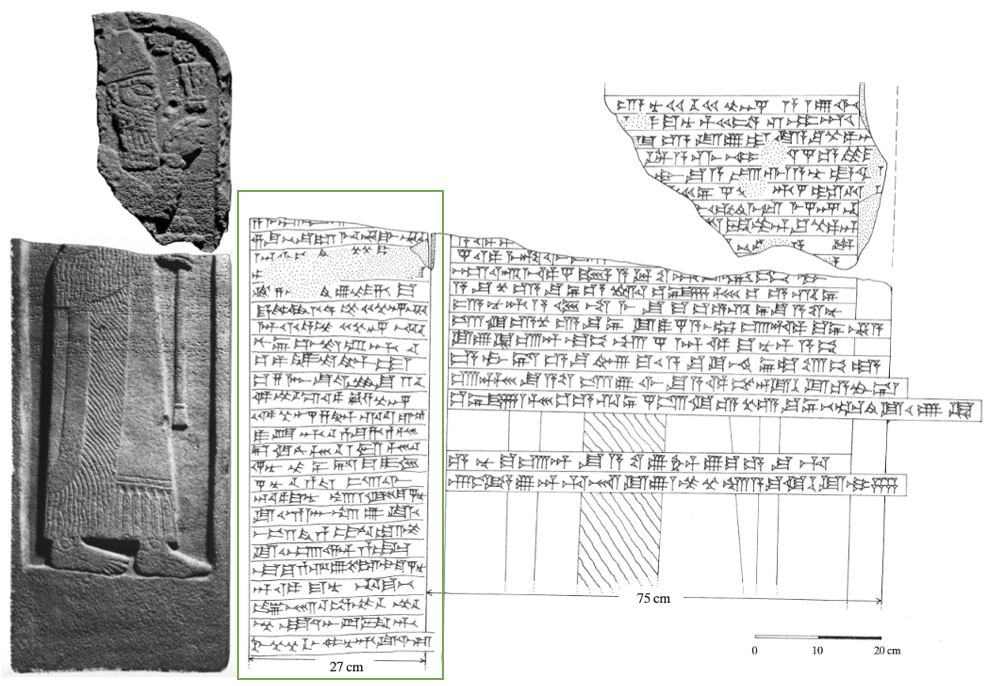
BM 131124 (© The Trustees of the British Museum) and the Geneva fragment (elaboration from Radner AoF 39 pp. 267-268)
Two stone stele fragments (BM 131124 and the so-called "Geneva fragment," from private collection) from Dūr-Katlimmu (mod. Tell Šeik Hammad) show a portrait of Adad-nārārī III's head in relief with divine symbols and an inscription crossing the portrait from the shoulders of the king to approximately the half of his legs. The monument is engraved with two inscriptions. For the inscription of Adad-nārārī III see text no. 5. The text edited here is engraved on the side of the stele, and is visible only from the Geneva fragment, with twenty-five preserved lines, inscribed less carefully than those of the king's inscription and separated by irregularly applied rulings. At least one missing line at the beginning. In contrast with the less elegant rendering of the inscription, the text is composed in a high literary language and vocabulary, which is reminiscent of that found in the inscriptions of Šamšī-ilu (see, e.g., text no. 2010). Furthermore, the contrast is even more evident when the text is compared with the blander royal inscription on the front of the stele. The text belonged to the powerful governor Nergal-ēreš, whose name and titles were intentionally erased at lines 3' and 4'.
Access the composite text [http://oracc.museum.upenn.edu/riao/Q009276/] of Adad-nārārī III 2018 add.
Bibliography
Nathan Morello & Alexander Kudryavtsev
Nathan Morello & Alexander Kudryavtsev, 'Inscriptions, texts nos. 1001-2017', The Royal Inscriptions of Assyria online (RIAo) Project, The RIAo Project, a sub-project of MOCCI, 2020 [http://oracc.museum.upenn.edu/riao/theassyrianempire883745bc/adadnarariiii/texts10012018/]